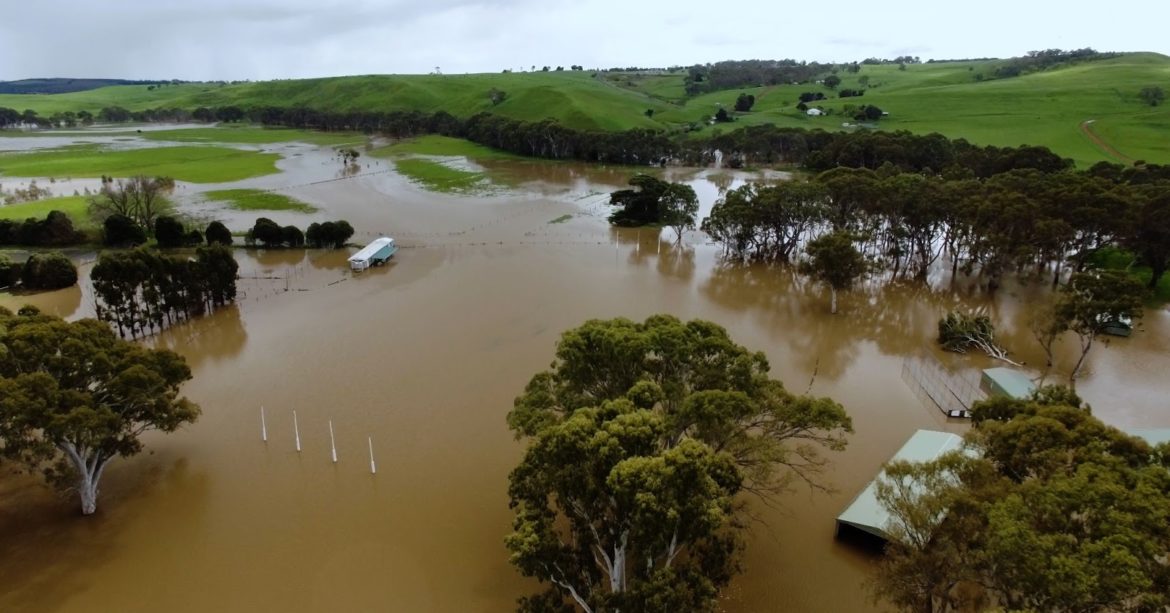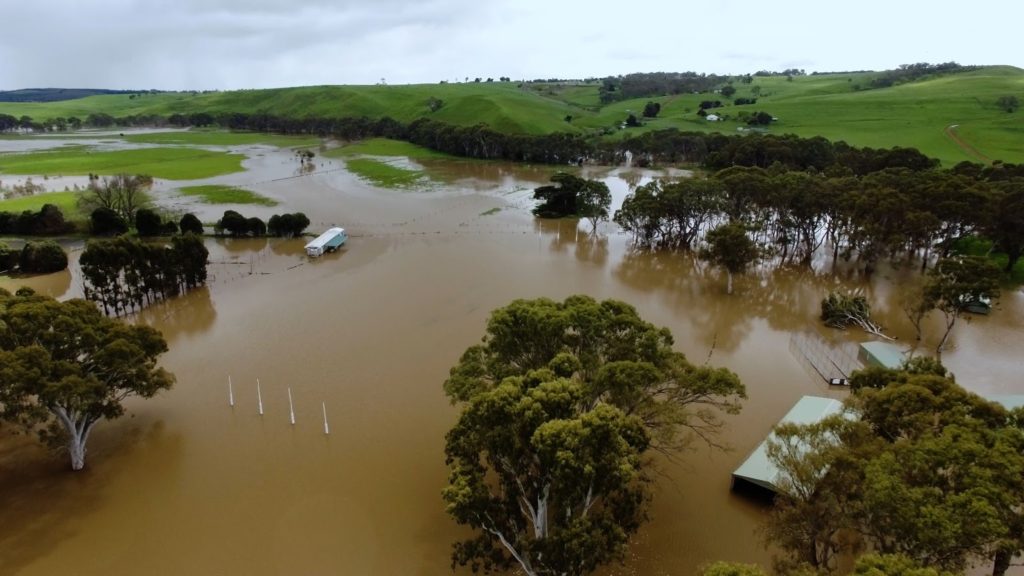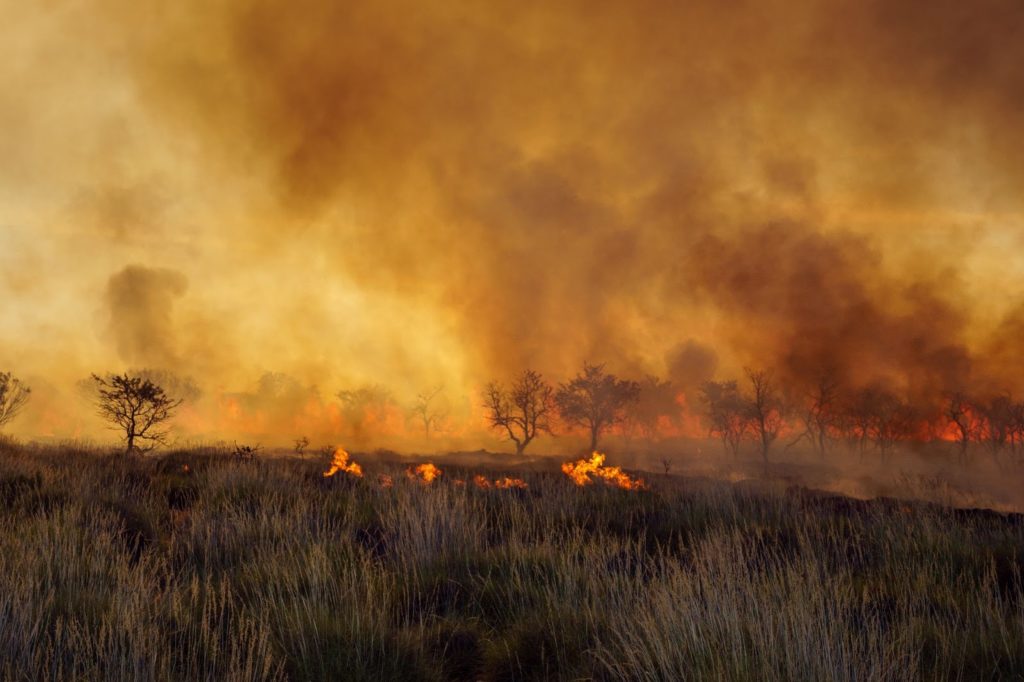What is the Weather Outlook for Australian Winter?
Looking at the outlook for Australian weather this winter, the prediction is for milder than average temperatures and significant rainfall. Overall, this is good news for Australian farmers.
However, there is the potential for disruption and damage caused by extreme weather in some areas. For example, some places are likely to experience flooding, and bushfires are predicted in other areas. It’s also worth mentioning that a few parts of the country (such as areas of western Australia) will buck the trend with lower than average temperatures.
Key points
- The overall outlook for Australian weather this winter is for warmer than average temperatures and higher than average rainfall.
- The effects of climate change continue to be felt as they have been over the last two decades.
- Although rainfall will be higher in northern Australia, there may still be fires during the dry season.
- El Nino or La Nina are both neutral and are not having the normally expected influence on weather conditions.
Harvest video
Warming trend continues in Australian winter weather outlook
The trend for warmer than average winters has been ongoing for the past two decades. This year is no exception. Minimum temperatures for July to September have an 80% chance of being higher than usual except in western Australia where the chance is around 60%.
The continuing increase in temperatures overall is a bad sign when it comes to climate change, but it does help businesses and individuals save on heating costs.
The predictions for higher-than-average temperatures this winter are expected to be particularly accurate in coastal regions.
Rainfall continues during the winter months
The rain that has been a familiar sight across many parts of the country recently is set to be a feature of the Australian weather outlook for winter. This increase in average rainfall is another feather of the ongoing impact of climate change.
The heavier and more persistent rainfall will affect northern Australia, central Australia, and eastern parts of Australia. There is also a chance that it will move into the south of the country. The situation is different in parts of western Australia where there is a chance that winter rainfall will be lower than average.
It’s also worth noting that although rainfall levels may be higher there is still a chance of fires in northern Australia during what is still technically the dry season.
Climate factors that drive winter weather
The winter weather forecast in Australia is affected by several climate drivers. The major ongoing influence is climate change but there are other factors to consider.
Right now, El Nino or La Nina are both neutral. This means that they are bringing neither especially dry nor especially wet weather. So, factors like warm waters off the north coast of the country are having more of an influence in weather conditions. This greater than average influence will increase rainfall during the dry season in the north although not to an excessively high level.
The climate model from the Australian Government Bureau of Meteorology (BOM) suggests that this winter may see the development of a negative Indian Ocean Dipole (IOD). This increases the likelihood that rainfall in southern Australia will be above average for winter and spring.
However, recently, the Southern Annular Mode (SAM) index has remained positive. This factor is competing with the wet signals in the south of the country right now. What this means is that south-east and south-west Australia are likely to experience neutral to drier than average weather in the shorter term with longer term wetter conditions still likely.
It’s clear that overall, this winter is predicted to be warmer and wetter than average in many parts of Australia. There will be exceptions, in western Australia, southern Australia, and northern territory but the overall picture shows that climate change continues to have a strong influence on the Australia climate.



